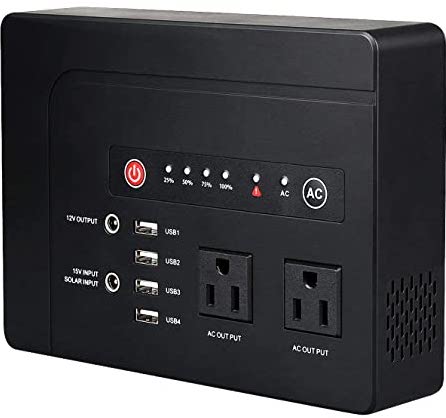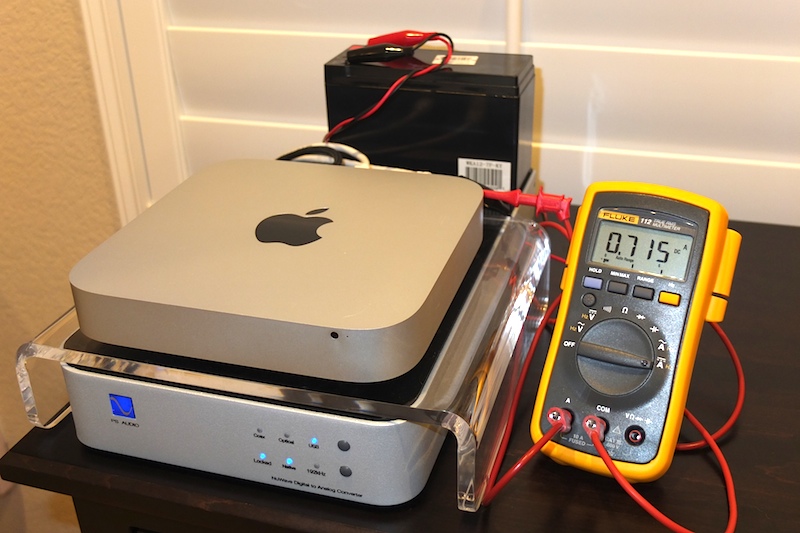

(The Mac mini still has a FireWire 800 port, four USB 2.0 ports, an HDMI port, and an SDXC slot.) Not only is Thunderbolt much faster than FireWire 800, it’s an adaptable bus, even outside of using it for a display. The other major change with the Mac mini server is the new Thunderbolt port that replaces the Mini DisplayPort.
SMALLER POWER SUPPLY FOR MAC MINI PRO
File transfers were performed with a 2.4GB disk image over a gigabit ethernet network, using a 17-inch 2.2GHz Core i7 MacBook Pro with a 5400-rpm hard drive.-Testing by John C. Internal transfers were done via CP and the time utility. Network transfers were via SCP without any optimization. Results are an average of six timed trials. Mac mini server with two 256GBSSDs (8GB RAM) Mac mini server with two 500GB 7200-rpm hard drives (4GB RAM)

In my limited testing, I performed file transfers of a 2.4GB disk image over a gigabit ethernet network, using a 17-inch 2.2GHz Core i7 MacBook Pro with a 5400-rpm hard drive.īenchmarks: Mac mini with Lion Server Platform Let’s compare this unit to a build-to-order (BTO) 2011 Mac mini with Lion Server equipped with 8GB of RAM and a pair of 256GB solid-state drives (SSDs) for $2199. I tested the $999 standard configuration model of the Mac mini server with 4GB of RAM and a pair of 7200-rpm 500GB hard drives. The new processor and faster system bus add up to a box that can handle rather serious data-transfer speeds when configured properly. Apple also increased the overall memory bandwidth the Mac mini server uses 1333MHz DDR3 RAM, an improvement on the 1066MHz DDR3 RAM in the 2010 model.
SMALLER POWER SUPPLY FOR MAC MINI UPGRADE
Apple does offer a Mac Pro with Lion Server if you want the heavy-duty hardware.)Īpple upgraded the Mac mini server’s processor to an 2GHz Intel quad-core Core i7, which is a major upgrade in CPU power from the 2.66GHz Intel Core 2 Duo in the 2010 model. (Then again, for the same price as Apple’s discontinued Xserve enterprise server with the proper specifications, you can buy several Mac mini servers to get redundancy. As such, it does not have redundant power supplies, hot-swappable components, and other features found in enterprise servers. It’s targeted at the small office/home office (SOHO) market and small and medium businesses (SMB). The Mac mini server is not a big enterprise server. I was fairly positive in my review of the 2010 version of Apple’s smallest server, and fortunately, I can say that it’s very easy to be happy with the 2011 Mac mini with Lion Server.


 0 kommentar(er)
0 kommentar(er)
